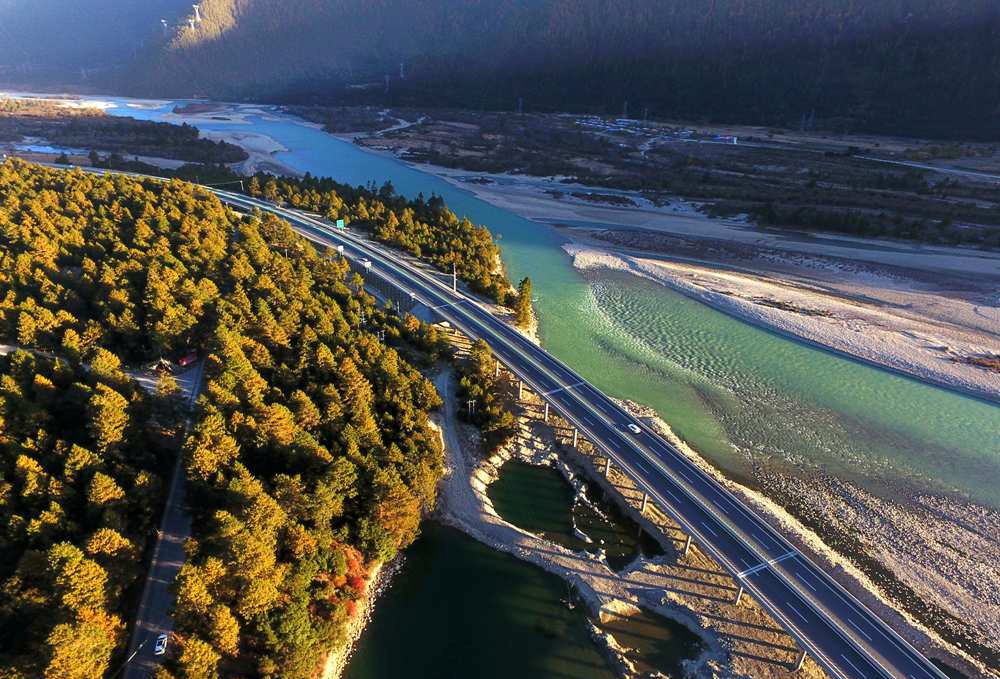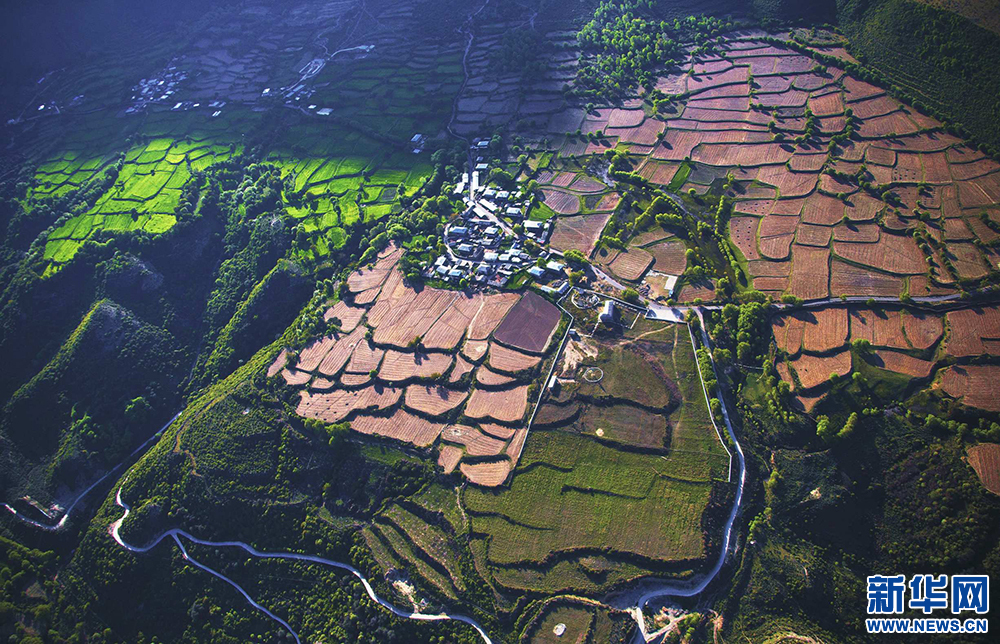People’s livelihoods improved in China's Tibet and Tibetan-inhabited areas
Over the past five years the central government takes improving people’s livelihood as an objective of the economic and social development in China’s Tibet and Tibetan-inhabited areas in Qinghai, Gansu, Sichuan and Yunnan Province, consistently increasing policy and funding support to those regions.
From 2012 to 2016 Tibet Autonomous Region’s GDP increased by over 10 billion yuan (1.5 billion US Dollars) year on year. In 2016 it reached 115.007 billion yuan (17.3 billion US Dollars), which is an increase of 51.7% compared to 2012 and an average annual increase of 11%. Per capita GDP in the region exceeded 5,000 US dollars, which equates to the middle income level according to World Bank standards.
GDP in the Tibetan-inhabited areas of Sichuan, Yunnan, Gansu and Qinghai increased from 40.335 billion yuan (6.08 billion US Dollars), 11.36 billion yuan (1.71 billion US Dollars), 13.647 billion yuan (2.057 billion US Dollars) and 90.647 billion yuan (13.665 billion US Dollars) to 54.086 billion yuan (8.15 billion US Dollars), 18.058 billion yuan (2.722 billion US Dollars), 18.59 billion yuan (2.802 billion US Dollars) and 91.292 billion yuan (13.762 billion US Dollars) respectively.
At present, Tibet has fully implemented the 15 years free education policy from pre-school all the way up to high school. In 2016 the subsidy for students reached 3,240 yuan (488 US Dollars) per person, which is the highest for free education in China.
Starting from the spring of 2016, the Tibetan-inhabited areas of Sichuan, Gansu and Qinghai fully implemented 15 years of free education from kindergarten up to high school, with Yunnan implementing 14 years of free education.
Sichuan enrolled more than 50,000 students for free education (more than 87% of them were from rural and nomadic families) and the initial employment rate of graduates was as high as 98.8%.
In Yunnan, the average schooling years increased from 6.4 years in 2010 to 7.4 years in 2015 in the Tibetan-inhabited areas.
And the Tibetan medicine coverage rates in township health centers and village clinics in Tibet reached 89% and 36% respectively. Hospital delivery rate for pregnant women was 99%, which is an increase of 37% compared to 2011.
In November 2015 pilot work into comprehensive prevention and control of echinococcosis was launched in Sershul County of Garze Tibetan Autonomous Prefecture, southwest China's Sichuan Province. Starting from 2016, the central government plans to allocate 20 million yuan (3 million US Dollars) through transfer payment each year for five years specifically for the prevention and control of the disease. At this stage, the pilot work has achieved significant results. In March 2017 prevention and control of echinococcosis work expanded to Tibet, Tibetan-inhabited areas in Sichuan, and Golak and Yushu prefectures in northwest China's Qinghai province.
At the beginning of the “12th Five Year Plan” (2011-2015) there were 1.17 million poor people in Tibet, but by the end of 2016 this figure had decreased to 710,000 people.
The rural poor population in Sichuan’s Tibetan-inhabited areas also decreased from 354,000 in 2012 to 210,000 in 2016.
Also, 3.632 billion yuan (547.6 million US Dollars) of poverty alleviation funds has been invested in Tibetan-inhabited areas in Yunan since 2012, resulting in the poor population decreasing by 102,600 people.
Since the 18th National Congress of the Communist Party of China, the poor population in Tibetan-inhabited areas in Gansu has decreased by 159,400 people and poverty coverage has dropped by 30.35% to 6.4%.
Besides, Qinghai has supported 90,400 poor people to develop characteristic industries, built five poverty alleviation industry demonstration parks to lead 50,400 people out of poverty.
Your Comment
Name E-mailRelated News
-
;
-
-

-
Infrastructure construction accelerated in China's Tibet and Tibet
China's central government continues to increase support for infrastructure construction in southwest China's Tibet and Tibetan-inhabited areas in Qinghai, Gansu, Sichuan and Yunnan Province.
-
-
-

-
Environmental protection strengthens in China's Tibet and Tibetan-
The principle of putting ecological protection first continues to see increased investment and has achieved remarkable results.
-
Based in Lhasa, Tibet Vista is a Tibet travel agency that specialized in Tibet permit, and Tibet tours for both private and group travelers at a local price!
•4 Days Lhasa City Group Tour from USD 460 •8 Days Everest Base Camp Group Tour from USD 850 •15 Days Mt.Kailash Group Tour from USD 1780 •2016 Tibet Train Tours from Beijing, Shanghai, Chengdu, Xining,etc










